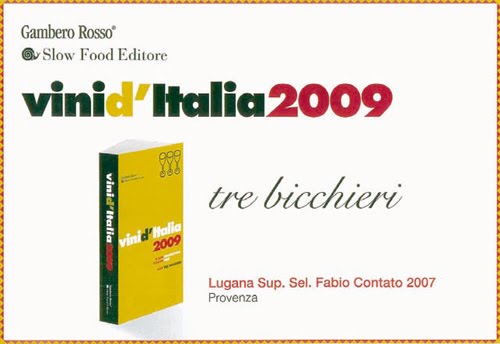Rising and falling stars
Posted on 14 March 2010
Gambero Rosso is Italy’s foremost wine guide, and in a country that puzzlingly lacks an opinion-making wine magazine, has constituted the most influential voice on wine for over a decade. Its stylistic bias has effectively changed the shape of Italian winemaking. As always when a medium becomes too influential, The Red Prawn has come under critical fire for its sins both actual and alleged, and as a strong counteraction against its pro-new oak agenda has gathered momentum Gambero’s star has started to wane somewhat. (Ironically this happened when the book’s quality, in my opinion, has clearly improved, with a more nuanced coverage and an obvious if limited acknowledgement of more traditional styles).
One of Gambero’s very engaging but equally controversial activities is the Italian Wines Roadshow, showcasing leading estates that have been among the guide’s protagonists over the last years (as well as its best business partners, one should add). And so 59 big Italian names descended onto Warsaw (as well as Moscow, London and a few other venues) and provided for an afternoon of thought-provoking drinking.
My feelings are a little ambivalent as there were several producers (cooperatives and not) which should never be included in what is supposed to be Italy’s 57 best wineries. And there was more than a fair proportion of estates that are doing some sound commercial work with their wines but which eventually do lack a bit of personality and expression of terroir. The latter, in fact, was more often than not missing from the equation, with red wines displaying impressive levels of extract, oak and overripe fruit but very little in terms of finesse or minerality. Whites wines were hardly better with the vast majority showing a fairly formulaic stainless steel cool fermentation profile, or decently concentrated but with utterly predictable new oak.
Daniele Cernilli of Gambero Rosso speaks at the seminar. © Piotr Niemyjski.
There were, highlights, too, including the various mineral facets of Cantina Gallura’s surprisingly good Vermentinos, and Nals Margreid’s transparent, impeccably balanced wines from Alto Adige (including an admirably restrained Merlot). On the red wine front there was the unquestionable greatness of Sassicaia 2006, seamless, elegant, juicy, with not a millimeter of excess, and the deliciously unpretentious Cirò Duca San Felice 2007 from Librandi, almost rosé in colour with real Mediterranean finesse. Some good fun was had with Nino Franco’s Proseccos.
And then four stunningly good wines from what is probably the Gambero Roadshow’s least-known winery, Provenza from the shores of Lake Garda. In the Lugana and Garda DOC appellations, some hopelessly unfashionable grape varieties are grown including white Trebbiano di Lugana, red Groppello and Marzemino. Their obscurity and provinciality are likely incentives to work really hard in vineyard and cellar, and these were truly very well-vinified wines including the Lugana Selezione Fabio Contato 2007, fermented in oak yet showing none in its flavour (and that’s quite an exploit with Trebbiano, an unaromatic grape that seems to absorb oak like a sponge), mineral, deep, balanced and elegant at the same time. The simpler Lugana Molin 2008 sees some skin contact on the Trebbiano giving it an unseen complexity and depth of mineral flavour, and the red Garda Classico Negrasco 2007 was equally good with earthy fruit and respectable depth while keeping a clean, crisp, very drinkable style that is really the essence of what Italy does so well. Whatever you say, it’s good of Gambero Rosso to endorse wines such as Provenza’s.
Disclosure: The Warsaw edition of the Gambero Rosso Roadshow was co-organised by the WINO Magazine where I am employed. I am occasionally invited to vineyard tours to Italy organised by Thompson International Wine Marketing who organise the Roadshow for Gambero Rosso.




